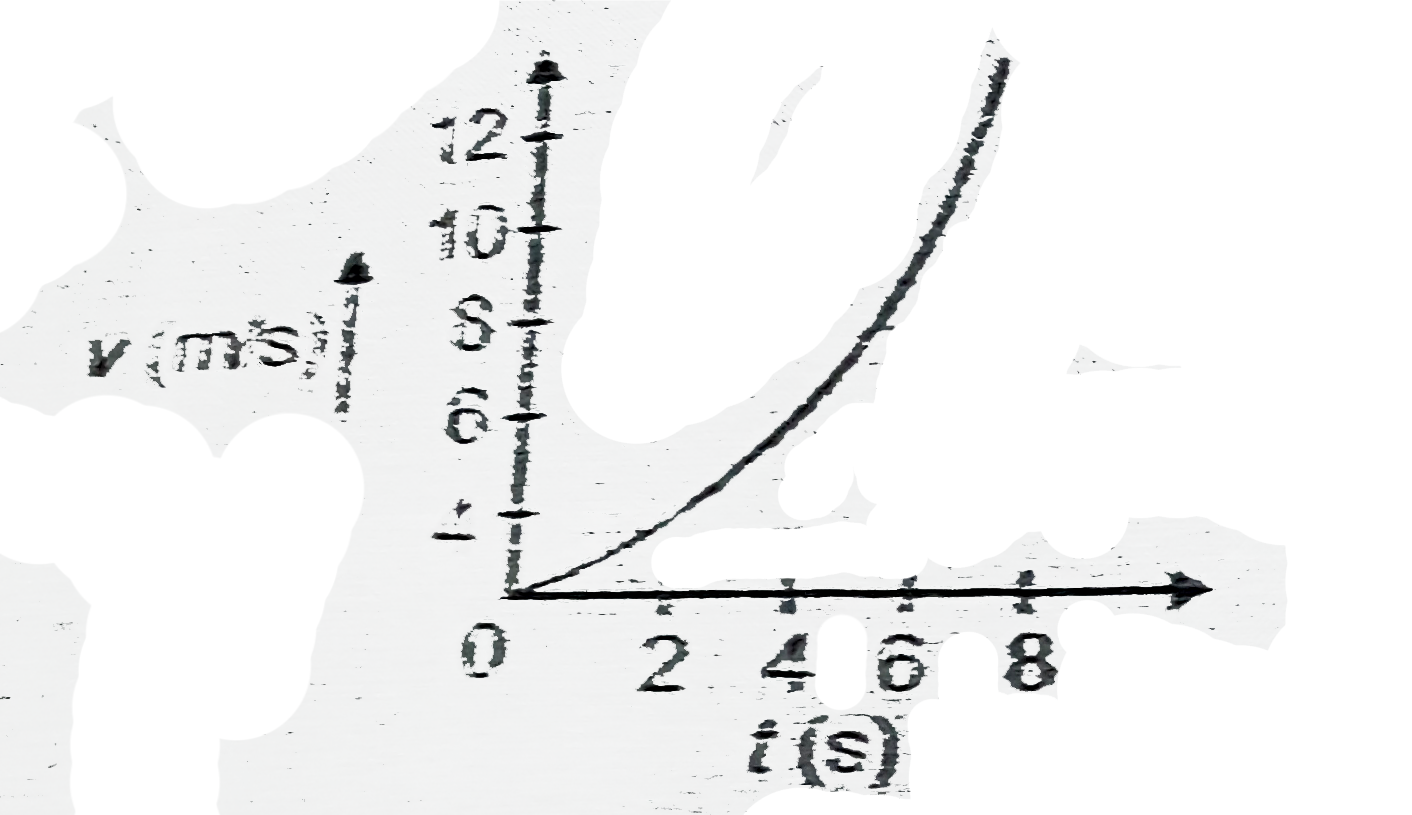Can the instantaneous velocity of an object during a time interval ever be greater in magnitude than average celocity over the entire interval ? Can it be less?
To solve the question, we need to understand the concepts of instantaneous velocity and average velocity.
Step 1: Define Average Velocity
Average velocity (vavg) over a time interval is defined as the total displacement (Δx) divided by the total time taken (Δt):
vavg=ΔxΔt
Step 2: Define Instantaneous Velocity
Instantaneous velocity (vinst) is the velocity of an object at a specific moment in time. It can be thought of as the limit of the average velocity as the time interval approaches zero:
vinst=limΔt→0ΔxΔt
Step 3: Analyze the Relationship
1. When can vinst be greater than vavg?
- If the object speeds up during the time interval, there will be moments when the instantaneous velocity is greater than the average velocity. This is because the average velocity is influenced by the overall displacement and time, while instantaneous velocity can peak at higher values.
2. When can vinst be less than vavg?
- Conversely, if the object slows down during the time interval, the instantaneous velocity can be less than the average velocity. This occurs when the object is moving slower than the average speed over the entire interval.
Step 4: Conclusion
Thus, the instantaneous velocity can indeed be greater than the average velocity at certain points in time if the speed varies. It can also be less than the average velocity depending on the motion of the object.
Final Answer
Yes, the instantaneous velocity can be greater than the average velocity over the entire interval, and it can also be less than the average velocity.
---
Average velocity (vavg) over a time interval is defined as the total displacement (Δx) divided by the total time taken (Δt):
vavg=ΔxΔt
Instantaneous velocity (vinst) is the velocity of an object at a specific moment in time. It can be thought of as the limit of the average velocity as the time interval approaches zero:
vinst=limΔt→0ΔxΔt
1. When can vinst be greater than vavg?
- If the object speeds up during the time interval, there will be moments when the instantaneous velocity is greater than the average velocity. This is because the average velocity is influenced by the overall displacement and time, while instantaneous velocity can peak at higher values.
- Conversely, if the object slows down during the time interval, the instantaneous velocity can be less than the average velocity. This occurs when the object is moving slower than the average speed over the entire interval.
Thus, the instantaneous velocity can indeed be greater than the average velocity at certain points in time if the speed varies. It can also be less than the average velocity depending on the motion of the object.
Yes, the instantaneous velocity can be greater than the average velocity over the entire interval, and it can also be less than the average velocity.
Similar Questions
Knowledge Check
- Question 1 - Select One
Assertion : The average speed of an object is greater than or equal to the magnitude of the average velocity over a given time interval.
Reason : The two are equal only if the path length is equal to the magnitude of displacement.AIf both assertion and reason are trure and reason is the correct explanation of assertion.BIf both assertion and reason are true but reason is not the correct explanations of assertion.CIf assertion is true but reason is false.DIf both assertion and reason is false - Question 2 - Select One
Assertion : The instantaneous velocity is given by the limiting value of the average velocity as the time interval approaches zero.
Reason : The direction of the average velocity is same as that of displacement.AIf both assertion and reason are true and reason is the correct explanation of assertionBIf both assertion and reason are true but reason is not the correct explanation of assertionCIf assertion is true but reason is falseDIf both assertion and reason are false
Assertion: The average velocity of a particle is zero in a time interval. It is possible that the instantaneous acceleration is never zero in the interval.
Reason: The magnitude of average velocity in an interval is equal to its average speed in that interval.View SolutionCan the instantaneous power output of an ac source ever be negative ? Can the average power output be negative ?
View SolutionAssertion: The magnitude of average velocity of the object over an interval of time is either smaller than or equal to the average speed of the object over the same interval.
Reason: Path length (distance) is either equal or greater than the magnitude of displacement.View SolutionAssertion: When a particle moves with constant velocity its average velocity, its insttantaneous velocity and its speed are all equal in magnitude.
Reason: If the average velocity of a particle moving on a straight line is zero in a time interval, then it is possible that the instantaneous velocity is never zero in the internal.View SolutionIf the displacement of an object during its motion is 100 m in a time interval of 20 s, then calculate the average velocity of the object with which it was moving through out his journey.
View SolutionThe velocity-time graph of an object is given below. Calculate the average acceleration of the object in the time interval of 4 s to 6 s.
 View Solution
View Solution
